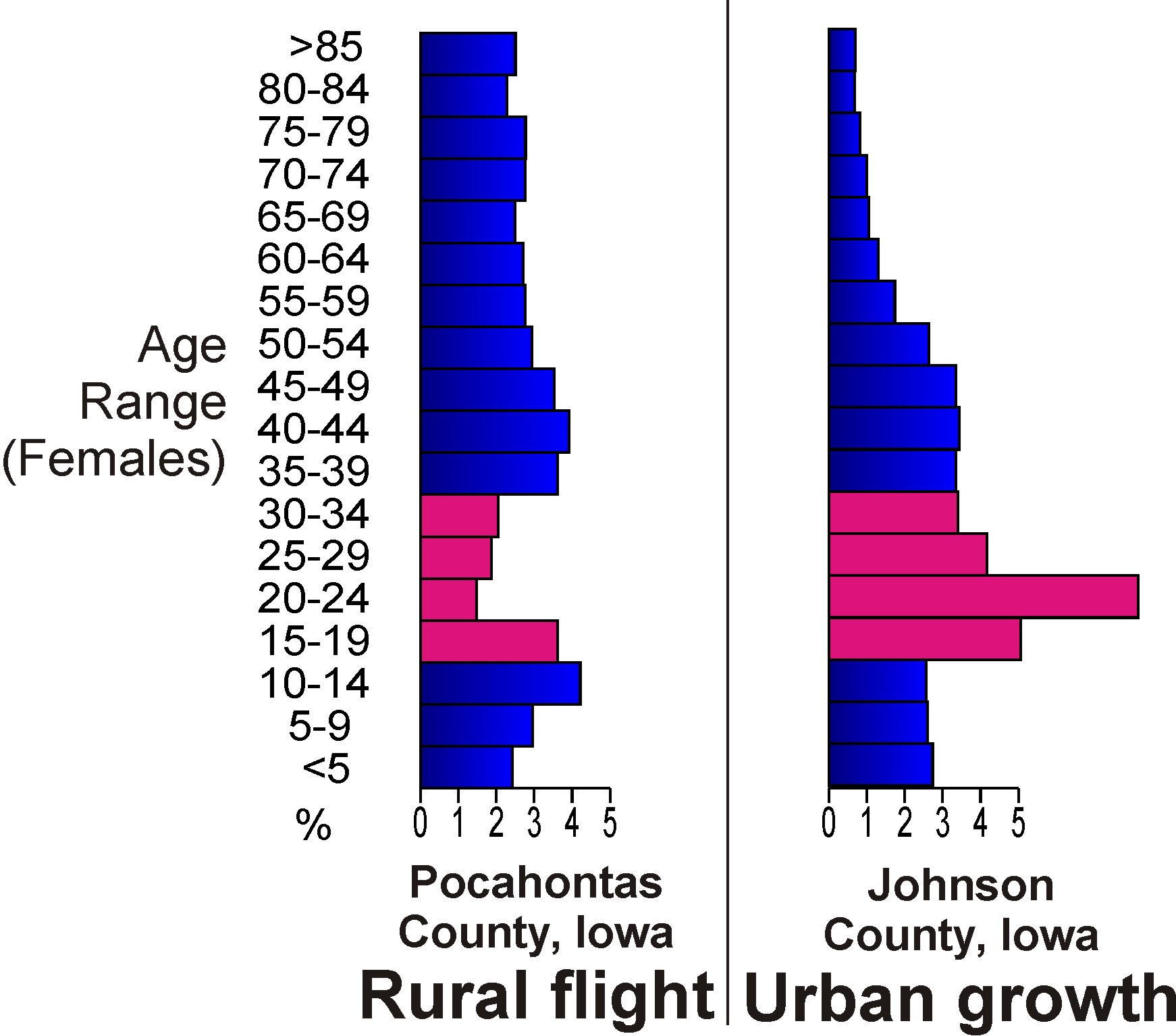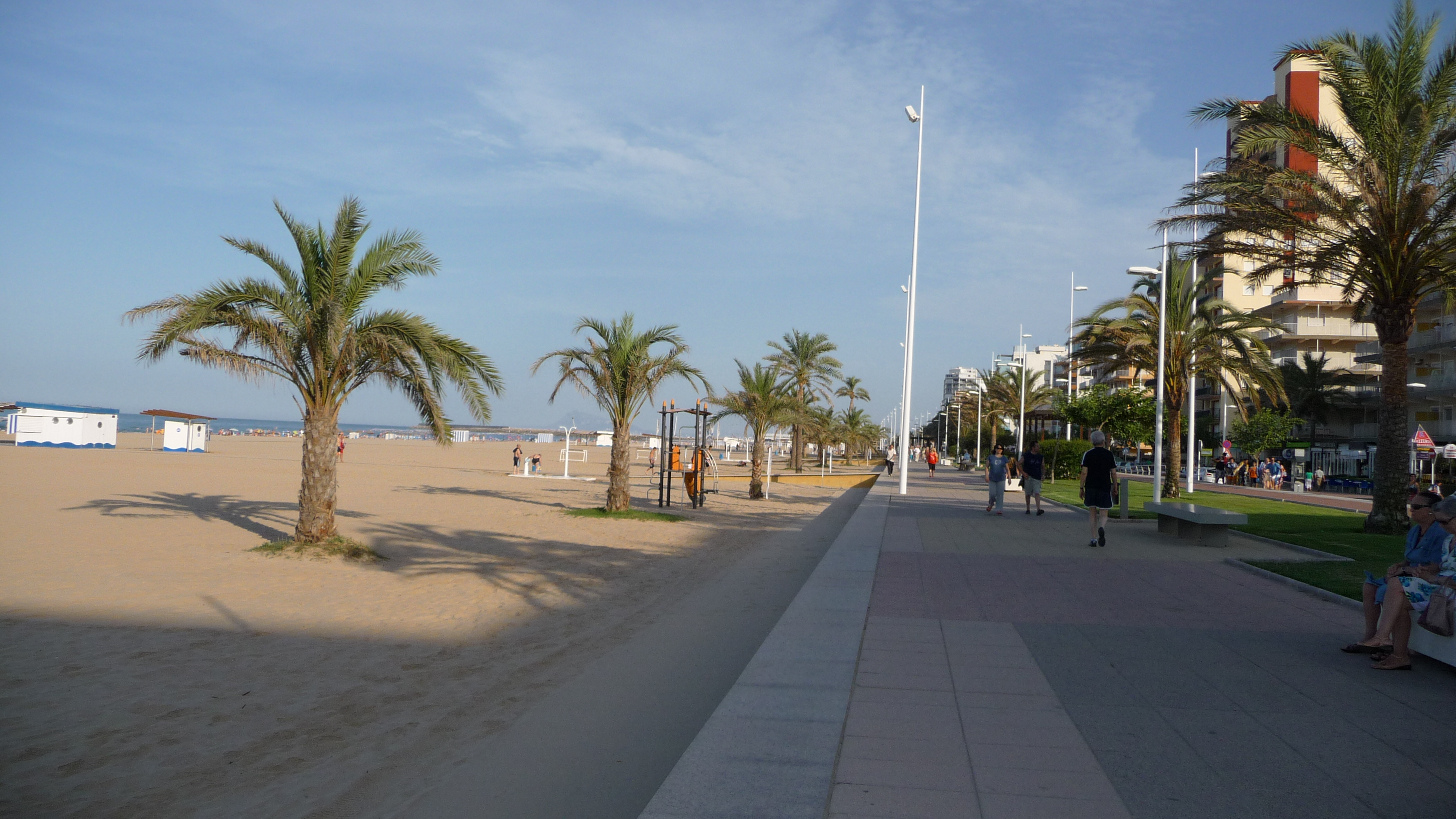|
Pinet, Valencia
Pinet is a municipality located in the north-east of the ''comarca'' of Vall d'Albaida in the south of the province of Valencia, Valencian Community, Spain, and some 82.6 km from the regional capital, Valencia."Revisión del Plan General de Pinet" (in Spanish) Pinet borders with the following : , Quatretonda, |
Municipalities Of Spain
The municipality ( es, municipio, , ca, municipi, gl, concello, eu, udalerria, ast, conceyu)In other languages of Spain: * Catalan/Valencian (), sing. ''municipi''. * Galician () or (), sing. ''municipio''/''bisbarra''. *Basque (), sing. ''udalerria''. * Asturian (), sing. ''conceyu''. is the basic local administrative division in Spain together with the province. Organisation Each municipality forms part of a province which in turn forms part or the whole of an autonomous community (17 in total plus Ceuta and Melilla): some autonomous communities also group municipalities into entities known as ''comarcas'' (districts) or ''mancomunidades'' (commonwealths). There are a total of 8,131 municipalities in Spain, including the autonomous cities of Ceuta and Melilla. In the Principality of Asturias, municipalities are officially named ''concejos'' (councils). The average population of a municipality is about 5,300, but this figure masks a huge range: the most populo ... [...More Info...] [...Related Items...] OR: [Wikipedia] [Google] [Baidu] |
Comarques Of The Valencian Community
The ''comarques'' of the Valencian Community, form an intermediate level of administrative subdivision between municipalities and provinces. They are used as a basis for the provision of local services by the Generalitat Valenciana, but do not have any representative or executive bodies of their own. In 1987, the Generalitat Valenciana published an official proposal for Homologated Territorial Demarcations, ''Demarcacions Territorials Homologades'' (DTH), of three degrees, where the first degree largely coincides with the territorial concept of ''comarca''. Until now, the practice of these demarcations has been limited as a reference to the administrative decentralisation of the different services offered by the Generalitat, such as education, health, or agriculture. In fact, there is no legal provision for these DTHs to ultimately have the intended “territorial impact”, that is, comarca-level political or administrative bodies. Instead, the powers shared between several munic ... [...More Info...] [...Related Items...] OR: [Wikipedia] [Google] [Baidu] |
Dryland Farming
Dryland farming and dry farming encompass specific agricultural techniques for the non-irrigated cultivation of crops. Dryland farming is associated with drylands, areas characterized by a cool wet season (which charges the soil with virtually all the moisture that the crops will receive prior to harvest) followed by a warm dry season. They are also associated with arid conditions, areas prone to drought and those having scarce water resources. Process Dryland farming has evolved as a set of techniques and management practices used by farmers to continually adapt to the presence or lack of moisture in a given crop cycle. In marginal regions, a farmer should be financially able to survive occasional crop failures, perhaps for several years in succession. Survival as a dryland farmer requires careful husbandry of the moisture available for the crop and aggressive management of expenses to minimize losses in poor years. Dryland farming involves the constant assessing of the amo ... [...More Info...] [...Related Items...] OR: [Wikipedia] [Google] [Baidu] |
Dry Stone Wall 1, Pinet, Valencia
Dry or dryness most often refers to: * Lack of rainfall, which may refer to ** Arid regions ** Drought * Dry or dry area, relating to legal prohibition of selling, serving, or imbibing alcoholic beverages * Dry humor, deadpan * Dryness (medical) * Dryness (taste), the lack of sugar in a drink, especially an alcoholic one * Dry direct sound without reverberation Dry or DRY may also refer to: Places * Dry Brook (other), various rivers * Dry Creek (other), various rivers and towns * Dry, Loiret, a commune of the Loiret ''département'' in France * Dry River (other), various rivers and towns Art, entertainment, and media Film * ''Dry'' (2014 film), a Nigerian film directed by Stephanie Linus * ''Dry'' (2022 film), an Italian film directed by Paolo Virzì * ''The Dry'' (film), a 2020 film based on the novel by Jane Harper Literature * ''Dry'' (memoir), a 2003 memoir by Augusten Burroughs * ''The Dry'' (novel), a 2016 novel by Jane Harper Music ... [...More Info...] [...Related Items...] OR: [Wikipedia] [Google] [Baidu] |
Rural Flight
Rural flight (or rural exodus) is the migratory pattern of peoples from rural areas into urban areas. It is urbanization seen from the rural perspective. In industrializing economies like Britain in the eighteenth century or East Asia in the twentieth century, it can occur following the industrialization of primary industries such as agriculture, mining, fishing, and forestry—when fewer people are needed to bring the same amount of output to market—and related secondary industries (refining and processing) are consolidated. Rural exodus can also follow an ecological or human-caused catastrophe such as a famine or resource depletion. These are examples of push factors. The same phenomenon can also be brought about simply because of higher wages and educational access available in urban areas; examples of pull factors. Once rural populations fall below a critical mass, the population is too small to support certain businesses, which then also leave or close, in a v ... [...More Info...] [...Related Items...] OR: [Wikipedia] [Google] [Baidu] |
Expulsion Of The Moriscos
The Expulsion of the Moriscos ( es, Expulsión de los moriscos) was decreed by King Philip III of Spain on April 9, 1609. The Moriscos were descendants of Spain's Muslim population who had been forced to convert to Christianity. Since the Spanish were fighting wars in the Americas, feeling threatened by the Turks raiding along the Spanish coast and by two Morisco revolts in the century since Islam was outlawed in Spain, it seems that the expulsions were a reaction to an internal problem of the stretched Spanish Empire. Between 1609 through 1614, the Crown systematically expelled Moriscos through a number of decrees affecting Spain's various kingdoms, with varying levels of success. Although initial estimates of the number expelled such as those of Henri Lapeyre range between 275,000 and 300,000 Moriscos (or 4% of the total Spanish population), the extent and actual success of the expulsion order in purging Spain of its Moriscos has been increasingly challenged by modern histori ... [...More Info...] [...Related Items...] OR: [Wikipedia] [Google] [Baidu] |
Dominican Order
The Order of Preachers ( la, Ordo Praedicatorum) abbreviated OP, also known as the Dominicans, is a Catholic mendicant order of Pontifical Right for men founded in Toulouse, France, by the Spanish priest, saint and mystic Dominic of Caleruega. It was approved by Pope Honorius III via the papal bull ''Religiosam vitam'' on 22 December 1216. Members of the order, who are referred to as ''Dominicans'', generally carry the letters ''OP'' after their names, standing for ''Ordinis Praedicatorum'', meaning ''of the Order of Preachers''. Membership in the order includes friars, nuns, active sisters, and lay or secular Dominicans (formerly known as tertiaries). More recently there has been a growing number of associates of the religious sisters who are unrelated to the tertiaries. Founded to preach the Gospel and to oppose heresy, the teaching activity of the order and its scholastic organisation placed the Preachers in the forefront of the intellectual life of the Middle Ag ... [...More Info...] [...Related Items...] OR: [Wikipedia] [Google] [Baidu] |
Vicariate
A vicar (; Latin: ''vicarius'') is a representative, deputy or substitute; anyone acting "in the person of" or agent for a superior (compare "vicarious" in the sense of "at second hand"). Linguistically, ''vicar'' is cognate with the English prefix "vice", similarly meaning "deputy". The title appears in a number of Christian ecclesiastical contexts, but also as an administrative title, or title modifier, in the Roman Empire. In addition, in the Holy Roman Empire a local representative of the emperor, perhaps an archduke, might be styled "vicar". Roman Catholic Church The Pope uses the title ''Vicarius Christi'', meaning the ''vicar of Christ''. In Catholic canon law, ''a vicar is the representative of any ecclesiastic'' entity. The Romans had used the term to describe officials subordinate to the praetorian prefects. In the early Christian churches, bishops likewise had their vicars, such as the archdeacons and archpriests, and also the rural priest, the curate who had the ''c ... [...More Info...] [...Related Items...] OR: [Wikipedia] [Google] [Baidu] |
Pope Clement VII
Pope Clement VII ( la, Clemens VII; it, Clemente VII; born Giulio de' Medici; 26 May 1478 – 25 September 1534) was head of the Catholic Church and ruler of the Papal States from 19 November 1523 to his death on 25 September 1534. Deemed "the most unfortunate of the popes", Clement VII's reign was marked by a rapid succession of political, military, and religious struggles—many long in the making—which had far-reaching consequences for Christianity and world politics. Elected in 1523 at the end of the Italian Renaissance, Clement came to the papacy with a high reputation as a statesman. He had served with distinction as chief advisor to Pope Leo X (1513–1521), Pope Adrian VI (1522–1523), and commendably as gran maestro of Florence (1519–1523). Assuming leadership at a time of crisis, with the Protestant Reformation spreading; the Church nearing bankruptcy; and large, foreign armies invading Italy, Clement initially tried to unite Christendom by making peace among the ... [...More Info...] [...Related Items...] OR: [Wikipedia] [Google] [Baidu] |
Llutxent
Llutxent () is a town located in the eastern part of Spain, in the Valencian Community, within the county of the Vall d'Albaida, 80 km south of Valencia and 110 km north of Alicante. As of 2016, it is inhabited by 2,402 people. The town's economy is based on agriculture, construction, transport and the manufacture of pallets, and a small services sector. The town was first settled by Ancient Romans. Llutxent is host to one of the most popular Moors and Christians celebrations during the end of April, attracting many people around the Valencian Community to see the festival. Name The town derives its name from the Latin etymon ''Luciana villa'' or ''pagu Lucianu'', meaning "Light Villa" or "Pagus of Light". Some other sources suggest that the town may have been named after the Roman Patronymic ''Lucius'' with the ending ''in''. The town was also known as ''Luxen'', ''Luchent'', and ''Llutchen'' in the past. ''Llutxent'' is commonly abbreviated to ''Llutx''. Hi ... [...More Info...] [...Related Items...] OR: [Wikipedia] [Google] [Baidu] |
Gandia
Gandia ( es, Gandía) is a city and municipality in the Valencian Community, eastern Spain on the Mediterranean. Gandia is located on the Costa del Azahar (or ''Costa dels Tarongers''), south of Valencia and north of Alicante. Vehicles can access the city through road N-332. Gandia operated as an important cultural and commercial centre in the 15th and 16th centuries: in the 15th century it had a university. It was home to several important people, including the poet Ausiàs March (1400-1459) and the novelist Joanot Martorell (1410-1465). It is perhaps best known for the Borja or Borgia, through their family title, Duke of Gandia (originally created in 1399). Gandia is one of the largest coastal towns in Spain, with a population over 200,000 during summer, and a centre of commerce and tourism in its region. There are two main zones, Gandia City, which has all the historical monuments, commercial activity, and shopping, and Gandia beach, which has apartments and summer residen ... [...More Info...] [...Related Items...] OR: [Wikipedia] [Google] [Baidu] |
Quatretonda
Quatretonda (Valencian , Spanish and unofficially: ''Cuatretonda'' ) is a municipality in the ''comarca'' of Vall d'Albaida in the Valencian Country The Valencian Community ( ca-valencia, Comunitat Valenciana, es, Comunidad Valenciana) is an autonomous community of Spain. It is the fourth most populous Spanish autonomous community after Andalusia, Catalonia and the Community of Madrid ..., Spain. References Municipalities in the Province of Valencia Vall d'Albaida {{valencia-geo-stub ... [...More Info...] [...Related Items...] OR: [Wikipedia] [Google] [Baidu] |





